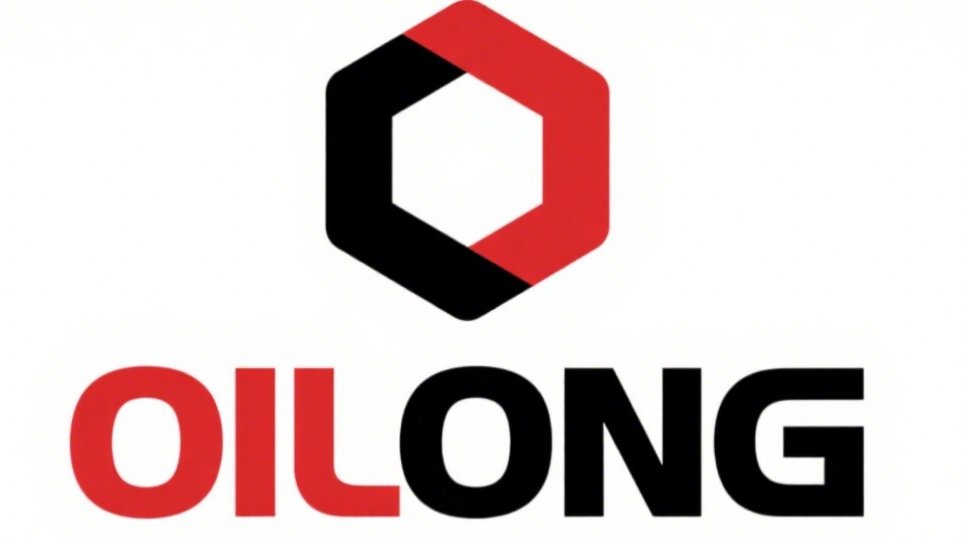🧪 Can Gate Valves Be Used for Corrosive Media?
Corrosive media—such as acids, alkalis, saltwater, and industrial chemicals—pose unique challenges for pipeline components. A common question for industrial buyers is: “Can gate valves handle these harsh substances?” The short answer is yes—if properly selected. The key lies in choosing gate valves designed with corrosion-resistant materials and features. Below, we break down how gate valves perform with corrosive media, critical factors for selection, and top recommendations to ensure long-term reliability.
📌 Key Consideration: Corrosion Resistance Depends on Design & Materials
Not all gate valves are equal when it comes to corrosive media. Generic carbon steel valves, for example, will quickly degrade in contact with sulfuric acid or seawater. However, gate valves engineered with corrosion-resistant materials and specialized designs excel in these environments. The difference hinges on two factors:
1. Material Selection: The Foundation of Corrosion Resistance
The valve’s body, trim, and seals must resist chemical attack from the media. Here are the most reliable materials for corrosive applications:
- Stainless Steel (304/316):
- 304 stainless steel: Ideal for mild corrosives (e.g., food-grade acids, freshwater with low chloride). Contains 18% chromium and 8% nickel, forming a protective oxide layer.
- 316 stainless steel: Superior to 304 for harsh conditions (e.g., saltwater, chloride-rich fluids, weak acids like acetic acid). Added molybdenum (2–3%) enhances resistance to pitting and crevice corrosion.
- Duplex & Super Duplex Stainless Steel:
Combines the strength of austenitic and ferritic steels, making them perfect for aggressive media (e.g., sour gas, offshore oil, high-salinity brines). Super duplex (e.g., 2507) offers higher chromium (25%) and molybdenum (4%), resisting corrosion in pH ranges 2–12. - Nickel Alloys (Hastelloy, Inconel):
For extreme corrosives (e.g., concentrated sulfuric acid, hydrochloric acid, chlorine gas). Hastelloy C-276, for example, resists most organic and inorganic chemicals, even at high temperatures (up to 1000°F/538°C). - Non-Metallic & Lined Valves:
- PTFE (Teflon)-lined gate valves: Suitable for highly corrosive, low-pressure media (e.g., hydrofluoric acid, strong alkalis). The metal body is coated with PTFE to isolate the media from the metal.
- PVC/CPVC gate valves: Cost-effective for low-temperature, low-pressure corrosive fluids (e.g., chemical processing in water treatment plants).
2. Design Features That Enhance Corrosion Resistance
Even the best materials need supportive design to thrive in corrosive environments:
- Full Port Design: Minimizes media turbulence, reducing erosion on valve surfaces (critical for abrasive corrosives like slurries).
- Lapped Metal-to-Metal Seats: Ensures tight shutoff without relying on soft seals (which may degrade in chemicals). Common in API 600 valves for high-temperature corrosives.
- Sealed Bonnet Construction: Prevents media from leaking into the valve stem area, where moisture or chemical buildup can cause stem corrosion. Bolted or welded bonnets (per API 6D) add extra protection.
- Smooth Internal Surfaces: Polished or electroplated (e.g., with chrome) internals reduce crevices where corrosion can start.
🔍 Applications: When Gate Valves Excel with Corrosive Media
Gate valves are trusted in corrosive environments across industries, including:
- Chemical Processing: Handling sulfuric acid, nitric acid, or caustic soda (using 316 stainless steel or Hastelloy valves).
- Oil & Gas (Offshore): Managing saltwater, sour gas (H₂S), and produced fluids (duplex stainless steel or super duplex valves).
- Water Treatment: Controlling chlorinated water or wastewater (PVC-lined or 316 SS valves).
- Mining: Regulating slurry with high mineral content (rubber-lined gate valves with abrasion-resistant trim).
💡 How to Choose the Right Gate Valve for Corrosive Media
Follow these steps to avoid premature failure:
- Analyze the Media: Note its chemical composition, concentration, temperature, and pressure. For example:
- Dilute acids (pH 3–5) → 316 stainless steel.
- Concentrated acids (pH <2) → Hastelloy or PTFE-lined.
- Saltwater or brines → Duplex stainless steel.
- Check Temperature Limits: Some materials degrade at high temps (e.g., PTFE softens above 260°C/500°F, so use metal seats for hot corrosives).
- Prioritize Certifications: Look for valves compliant with API 600 (for high-pressure corrosives) or ASTM B366 (for nickel alloy valves) to ensure material quality.
- Opt for Full Bore Design: Reduces media turbulence and erosion on valve internals.
🛠️ Maintenance Tips to Extend Lifespan in Corrosive Environments
Even the best valves need care to resist corrosion long-term:
- Regular Inspections: Check for signs of pitting, discoloration, or seal degradation (monthly for aggressive media).
- Lubricate with Corrosion-Resistant Grease: Use food-grade or chemical-compatible lubricants (e.g., silicone-based) to protect stems from media contact.
- Clean Internals: Flush valves with neutralizing agents (e.g., water for acid lines) after shutdowns to remove residual corrosives.
🎯 Final Verdict: Yes—With the Right Valve
Gate valves can reliably handle corrosive media, but success depends on material selection, design, and maintenance. By choosing valves engineered for your specific media (e.g., 316 SS, duplex, or Hastelloy) and following best practices, you’ll avoid leaks, reduce downtime, and ensure safe operation.
Need gate valves for corrosive applications? Our corrosion-resistant gate valves (API 600/6D certified) are custom-built for your media— Contact us to discuss specs and get a quote.
